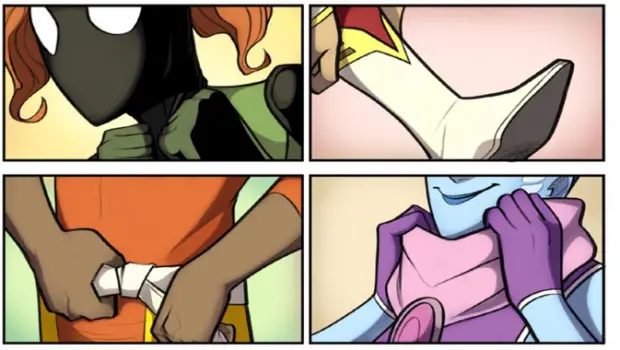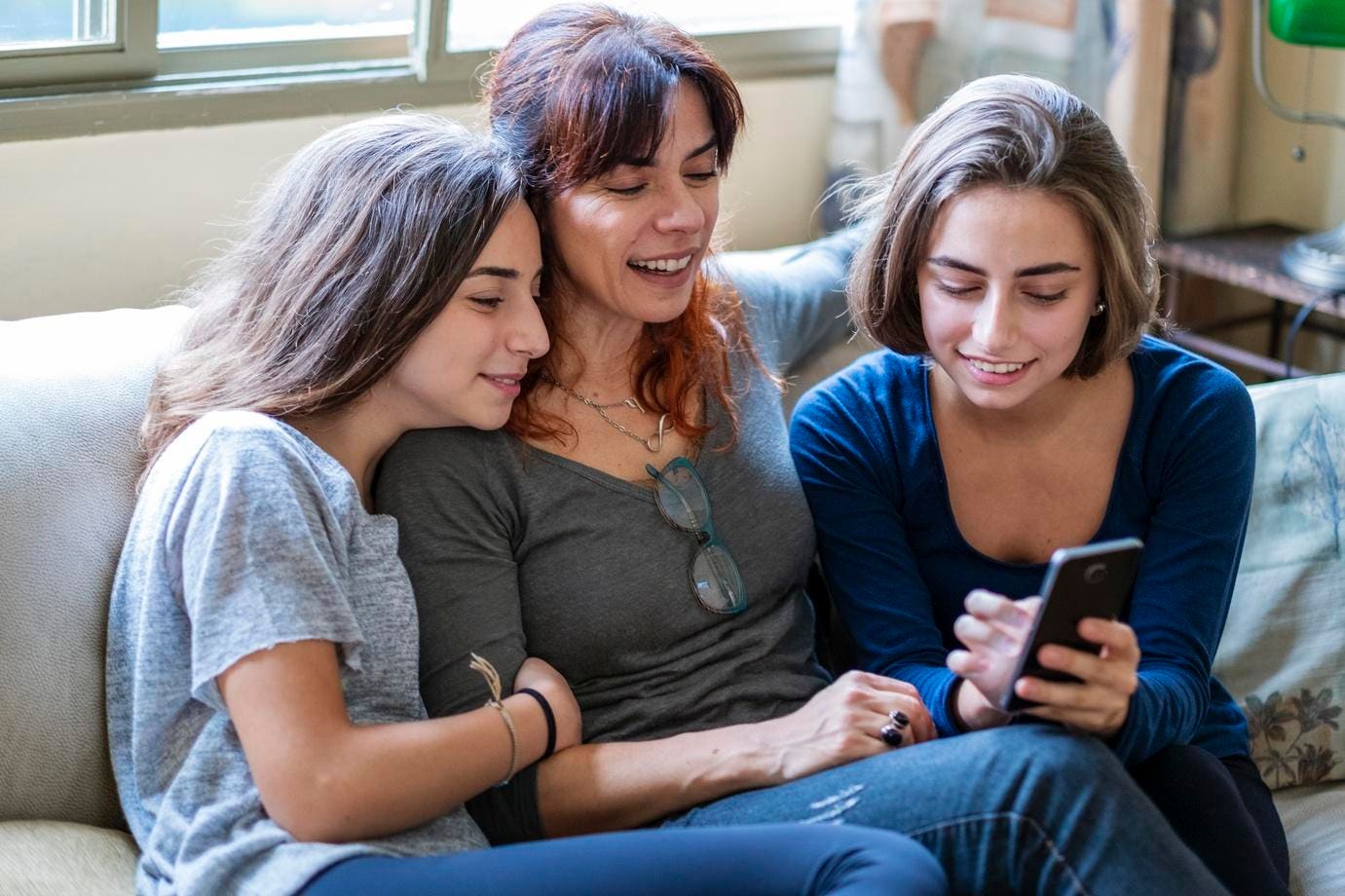Last year, Wizards of the Coast took an axe to their reputation by announcing changes to the Open Gaming License, but those changes were so universally hated that they had to be quickly reverted. The release of D&D 5e via a creative commons license is, if anything, even more radical than the OGL itself was, in terms of allowing players to use D&D in their own produced content.
Before we get rolling with explaining what these changes are, let’s get a glossary of all these terms and acronyms out of the way:
- OGL — Open Gaming License. Based on the original OGL used to release the Third Edition of Dungeons and Dragons back in 2000. Today, some Open Licenses are bigger than an OGL, but still serve the same basic role such as the Creative Commons license. Some games have fairly extensive licenses, while others (usually smaller indie releases) can have exceedingly simple ones. Others don’t even really have a license at all, such as Powered by the Apocalypse inspired games.
- SRD — System Reference Document. This is what’s specifically made freely available by an OGL release of a game. There are SRD’s for a fair amount of games (other than just Dungeons and Dragons), such as LUMEN and others.
- ORC — The Open RPG Creative License, Paizo’s own OGL made to replace the one Wizards of the Coast was releasing. Other companies have their own versions of an OGL, ORC is merely one of the biggest.
With that out of the way, let’s examine the state of things.
One year later, other companies enter the picture and there’s more D&D compatibility than ever
As Wizards tackles their license changes, companies like Paizo have begun working on their own Open Licenses, such as the ORC — the Open RPG Creative License — and Kobold Press’ Tales of the Valiant, which uses the Creative Commons 5e SRD to essentially create their own D&D from scratch. While both the OGL and Creative Commons licenses allow for players to make use of the System Reference Document to create their own game content, one of the reasons for those other companies to want their own licenses is that many other things — such as the name Dungeons and Dragons, or the names of various spells or specific monsters like Illithids — are not included in either SRD. As such, those are not considered open licensed content — not even for the Creative Commons release.
This is also why some companies like Paizo or Kobold Press are either making changes to their games, or using the licensed content as a framework to allow them to make compatible-but-distinct content from D&D 5e, or the 2024 release of D&D. As open as the Creative Commons release is, it doesn’t license everything — spell names in products like Tasha’s Cauldron of Everything are not necessarily included in the SRD, and therefore, are not released as part of the Creative Commons license — which is specifically for the SRD, and not the complete text of the Player’s Handbook or other D&D games.
However, the ability to use the SRD under Creative Commons has led to many creators releasing game products that are quite compatible with D&D, without having to worry about paying Wizards of the Coast/Hasbro royalties (the way Wizards tried to put in the OGL before they had to backpedal). It’s even fair to say that video games like Solasta have used first the OGL and now the Creative Commons license to release a video game that is basically D&D — even if it doesn’t use that name (because it can’t).
The licensing changes have made it easier than ever for smaller companies to release their games
What all of this ends up meaning is that it’s easier than ever for a company to create or shape a game world without paying licensing or royalty fees — whether they’re using the Creative Commons 5.1 SRD, a new license like ORC, or even older OGL’s for older editions of D&D. Especially for smaller, more independent creators, the process of making their game has been simplified — and the process further benefits from the widespread availability of crowdfunding sites like Kickstarter or Backerkit to help them.
Crowdfunding isn’t just for OGL or Creative Commons rulekits, of course. Some game publishers like Onyx Path have made Kickstarter their core means of production, and we’ve seen amazingly successful Kickstarters for games as varied as Avatar The Last Airbender and Coyote and Crow. Meanwhile, Grim Hollow has used the Creative Commons release of the 5.1 SRD for its Kickstarter, and Arcanum Worlds released both Odyssey of the Dragonlords and Raiders of the Serpent Sea via kickstarter campaigns.
In short, the OGL crisis had the exact opposite effect that WotC had intended: Rather than give them a means via the OGL to control and charge others for using the SRD to make games and gaming content, it instead removed what little power they had to dominate the small creators working to make TTRPG products, leading us to a period of more diverse and unusual game releases. Not all of these games are using the 5.1 SRD — for example, Chaosium is using an Open Gaming License of their own to release its Basic Roleplaying system for people to use in their own games. Paizo allows players to use the ORC to do likewise, meaning that games and gaming products can be made that are compatible with Pathfinder 2e, Starfinder 2e, or any future products released under the ORC.
It’s still early days in terms of seeing what will happen with the TTRPG landscape in the next five years, but if what we’ve seen in 2023 and 2024 so far are any indication, we’ll see more games released using the 5.1 SRD or the Creative Commons release for the 2024 versions of Dungeons and Dragons. Meanwhile, game systems like Powered by the Apocalypse, Basic Roleplaying, the Storyteller system and others will be able to carve a niche in the hobby, leveraging fan interest and a much freer choice of licensed systems to use.
In the end, the initial decision to alter the OGL, followed by the decision to abandon it in favor of Creative Commons, has made it easier than ever to use the D&D rules in a crowdfunded product — without having to worry about paying Wizards of the Coast for what is essentially free press and utility for Dungeons and Dragons.
Advertisement
Source: bing.com




